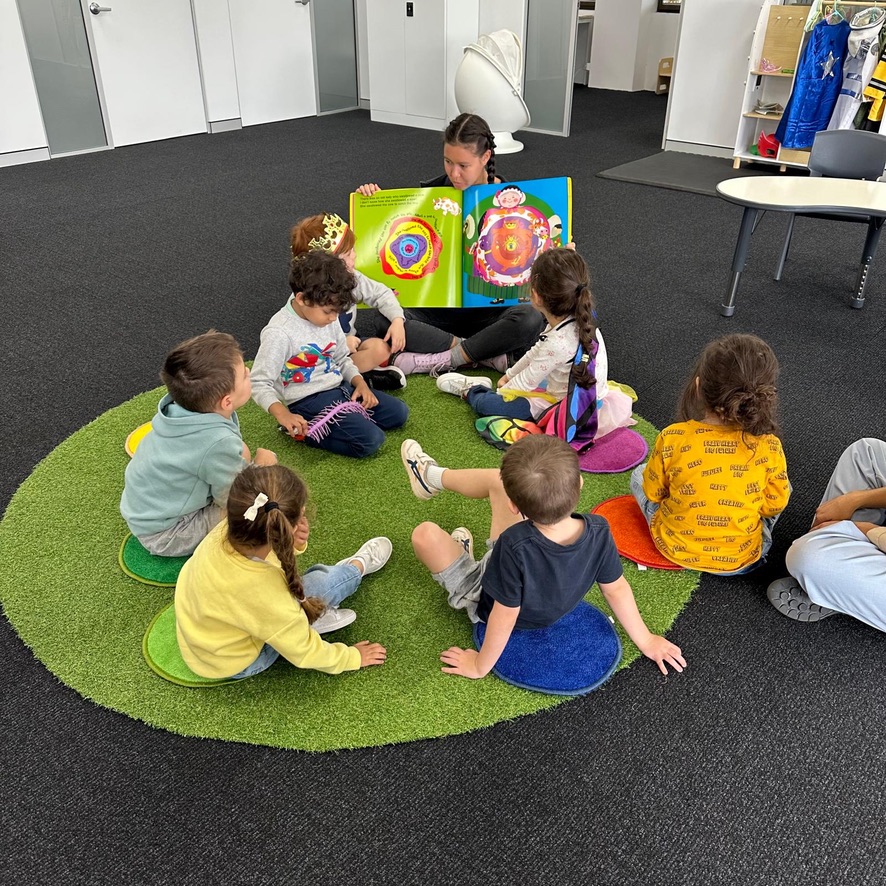
What Age is the ESDM for?
The Early Start Denver Model (ESDM) is a play-based intervention designed to support young children with autism and developmental delays. The program focuses on children up to 48 months (4 years) but can be adapted for kids up to 6 or 7 years old, depending on their developmental level. ESDM helps build skills like communication, social interaction, and play, following the way all children naturally learn. As children grow older, parts of the program shift towards school readiness. However, social skills and play remain central even as children approach school age.
Who Can Benefit from ESDM?
Although the ESDM program targets children under 48 months, its flexible approach makes it suitable for kids aged 6 to 7 years as well. Children at different stages of development benefit because the program adapts to their needs. ESDM meets children where they are and builds their skills through play and interaction.
For younger children, the focus is on communication and social skills. As children get older, the program starts to incorporate school readiness skills. However, regardless of age, ESDM retains its core focus on social connections and meaningful play.
The Four Levels of ESDM
The ESDM program adapts to different developmental stages, ensuring it fits the needs of each child. It follows four levels, with each level focusing on specific milestones. The program helps children learn skills in the same way all children develop—through interaction and play.
Level 1: Engagement and Attention (Typically 12-18 months)
Level 1 focuses on building basic engagement and attention skills. It’s perfect for children around 12 to 18 months but is also suitable for older children who need help in these areas.
Key skills include:
- Gaining eye contact.
- Smiling or making sounds to communicate.
- Imitating simple actions like clapping or waving.
Therapy at this level uses play-based activities to keep the child engaged. It helps the child develop social engagement, laying the foundation for later stages.
Level 2: Early Communication and Learning (Typically 18-24 months)
In Level 2, children begin to use more direct forms of communication. This level is designed for kids between 18 and 24 months, but older children who are still developing these skills will benefit too.
Key skills include:
- Understanding simple words and phrases.
- Imitating words or actions.
- Using gestures to express needs, like pointing.
Older children can still benefit from this level if they need help mastering early communication skills.
Level 3: Complex Communication and Problem-Solving (Typically 24-36 months)
By Level 3, children begin using short sentences and learning to problem-solve. It’s typically for children between 24 and 36 months but is also helpful for older children developing these skills.
Key skills include:
- Using short sentences to communicate.
- Following simple instructions.
- Solving basic problems, like figuring out how to open a container.
At this stage, therapy involves more structured play activities that challenge the child’s communication and problem-solving abilities.
Level 4: Advanced Communication and Early Learning (Typically 36-48 months and beyond)
The final level focuses on advanced communication and early learning skills. It’s designed for children aged 36 to 48 months but can be effective for children up to 6 or 7 years old who are at a similar developmental stage.
Key skills include:
- Engaging in conversations.
- Playing interactively with peers.
- Learning early concepts like colours, shapes, and numbers.
This level starts preparing the child for school by introducing academic concepts, while still focusing on social interaction and play.
Preparing for School: Shifting Focus
As children approach school age, the ESDM program shifts its focus. It introduces early academic skills, routines, and group learning environments. However, even as the focus moves towards school readiness, social skills and play remain central.
Children aged 6 to 7 years still benefit from the program’s play-based activities. They continue to work on social interactions and building peer relationships, even as they prepare for more structured school environments. ESDM ensures that children are well-rounded as they move into school.
Conclusion
The Early Start Denver Model (ESDM) is designed for children with autism from infancy through the early school years. Although the program primarily focuses on children under 48 months, it can adapt to help children up to 6 or 7 years old. ESDM’s four levels target different developmental stages, helping children build essential skills like communication, social interaction, and learning. As children get closer to school age, the program begins to incorporate school readiness activities but still prioritises social skills and play.
If you’re looking for ESDM therapy in Sydney, OneOnOne Children’s Therapy can help. Our team of certified ESDM therapists in Bondi Junction and Mascot are ready to support your child’s development and learning.
Reach Out for Support
Considering ESDM therapy for your child? OneOnOne Children’s Therapy offers comprehensive assessments and tailored programs to support your child’s unique journey. Call our Bondi Junction or Mascot clinics on (02) 80657837 or email us to learn how we can help your child thrive.
